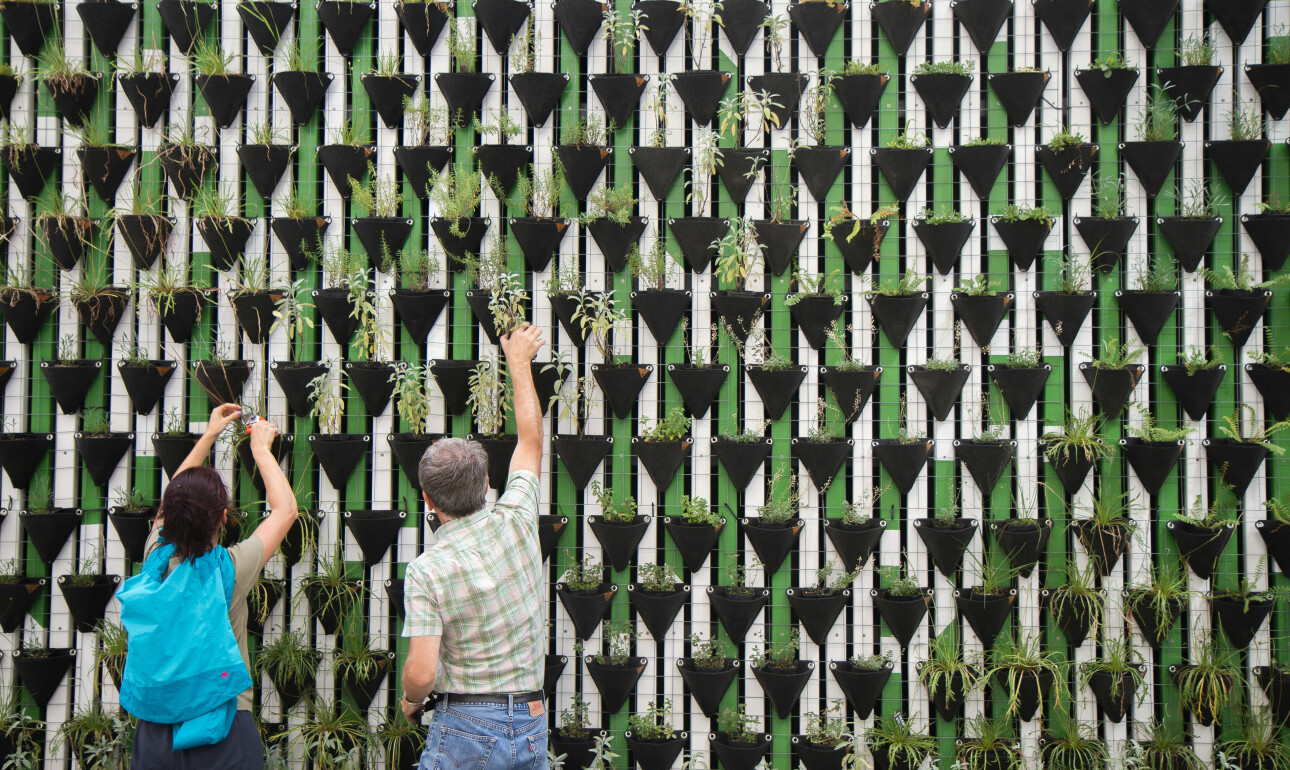
Relying on big social networks nowadays can feel like renting a basement flat from an unpredictable and frequently unscrupulous landlord. One day, everything's fine; the next, the roof is leaking, and the home you have carefully built is sodden with damage, with no source of support from which to seek help.
2025 is the year to consider building your own digital community platform, stepping away from the chaos of fragmented social media and unpredictable algorithm shifts. Having recently worked with a leading national athletics association on choosing a digital community platform for its members, I was able to speak directly to a number of providers. It was clear that a competitive marketplace is driving innovation and platform capabilities, providing organisations and their potential audience with a safe space for discussions, content sharing, private messaging, groups, events, live streams, courses, and much more.
Here's why, with a solid strategy in place and audience in mind, owning your digital home can make sense more than ever.
Social networks are creaking – if not falling apart
Let's face it, social media is as messy and risky as it has ever been. Twitter (sorry, X!) has been spiralling, Threads is still finding its feet, TikTok is still notionally threatened by a US ban which appears less likely but is still legally looming, and Substack’s reputation isn’t as shiny as it used to be. Audiences are increasingly seeking stable, trustworthy spaces where they can engage meaningfully without distractions.
Private platforms – including Mighty Networks, Bettermode, Hivebrite, Circle, Heartbeat, and Forj – are increasingly becoming attractive alternatives, offering a refuge from algorithmic noise and unpredictability, and offering an attractively tailored alternative.
Your community, your rules
When you own the platform, you shape the experience. This isn't just about branding or avoiding random outages: you can focus on cultivating genuine connections by designing a space tailored precisely to what your audience values – providing an experience worthy of their time. You choose the features, and can provide clear community rules that prioritise a positive and inclusive atmosphere.
Longevity (and sanity)
Budget-wise, owning a community might at first feel a stretch. However, the long-term returns –stable costs, a loyal user base, and full control of your data – can far outweigh the initial investment.
With major platforms increasingly unreliable, investing in your own community hub isn't just smart; it's strategic. The likes of Mighty Networks and Heartbeat specifically promote the ability for entrepreneurs, creators, and small business owners to run profitable member communities for their services, products, and members, which can be anything from IBM’s digital SkillsBuild and CERN’s alumni network to parenting advice and helping organisations achieve B Corp status.
Additionally, having your own platform lets you consistently reinforce your brand values and culture without third-party dilution or interruption. It becomes a sustainable ecosystem, continually growing and adapting to the evolving needs of your community. You can start with a simple (and less costly) MVP, expanding where and when the demand is there.
Connection beats content
In the era of generative AI spewing out non-stop content and offering fake friendly – something which digital leaders such as Mark Zuckerberg seem to think we actually crave – genuine community and meaningful connection are becoming rare commodities.
When people join a community, they are seeking engagement, belonging, and authenticity. By creating your own platform, you are able to provide a space for deeper connections, real interactions, and lasting relationships; all qualities increasingly difficult to achieve on noisy mainstream platforms.
Data control and security
Another often-overlooked advantage of owning your community platform is data control. Big platforms own your data and can monetise or restrict it as they please. Owning your platform means you have far more control over user information, ensuring it aligns perfectly with your community’s values and expectations around privacy and data security. Plus, it provides an additional layer of trust for your users. They know exactly who manages their data and how it's being used, boosting their confidence and encouraging more open, authentic engagement.
Future-proof your community
By building your own platform, you’re investing in the future. Social media platforms come and go, lose popularity, or radically change their approach overnight (looking at you, X…). Your platform becomes a stable hub, resilient to external changes.
A dedicated community platform allows you to innovate at your pace, introducing new features that meet your community's evolving needs without relying on third-party timelines. It's a sustainable approach that helps you stay ahead of trends and adapt quickly to shifts in user preferences.
Enhance your brand experience…
A well-run community isn’t just another marketing channel: it’s a core part of your brand experience. When you fully control the environment, every moment becomes an opportunity to reinforce your brand story, values, and vision. You’re not just offering a digital platform; you’re offering an immersive, consistent brand experience that strengthens loyalty and advocacy.
…Though don’t overreach – and most importantly, avoid the tumbleweeds
With all those potential positives above, I would feel remiss not to end on a bit of a cautionary note. Plenty of digital communities and forums have struggled to build and retain an audience, and nobody likes to be the person to post when tumbleweed is blowing across your platform.
If embarking on building a digital community, ensure that the audience is there, and create a content-rich launch plan which provides members with plenty to sink their teeth into, and which allows and encourages them to become more active. Keep it manageable resource-wise, and starting simply always keeps it simple to navigate for users. Rather than over-reaching, look to create a vibrant and populated safe space which can be expanded in ways which feel necessary and organic. Your audience will thank you for it.